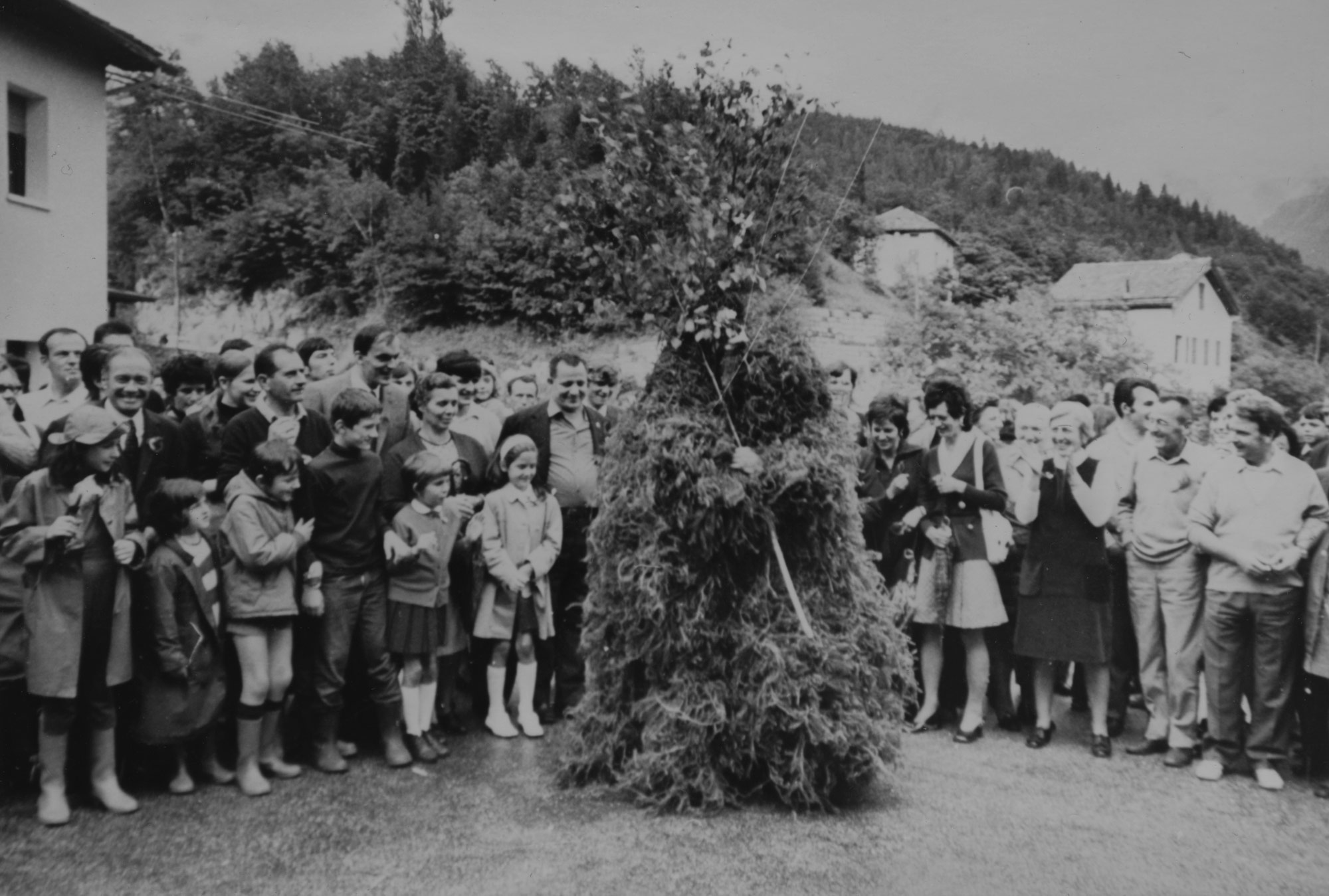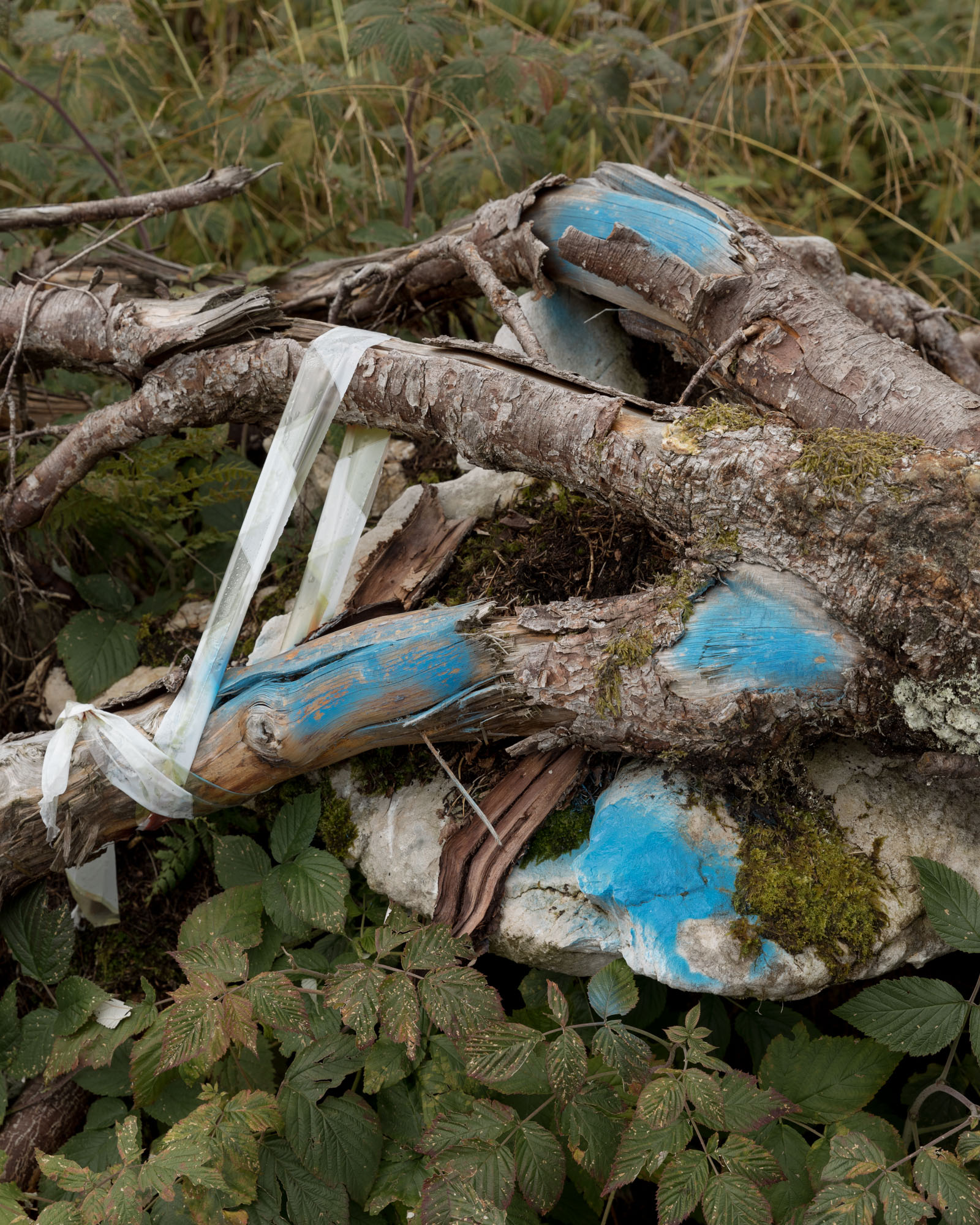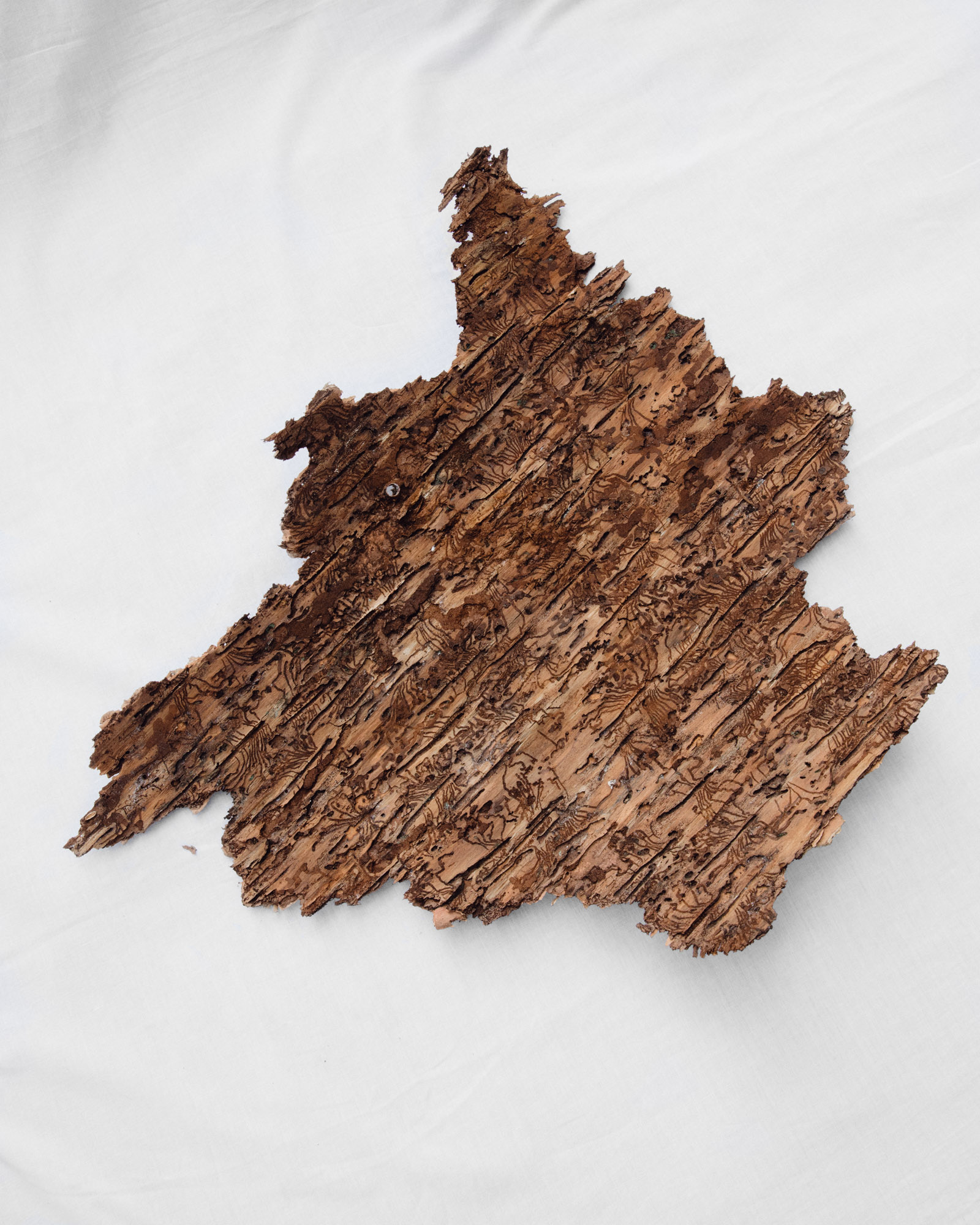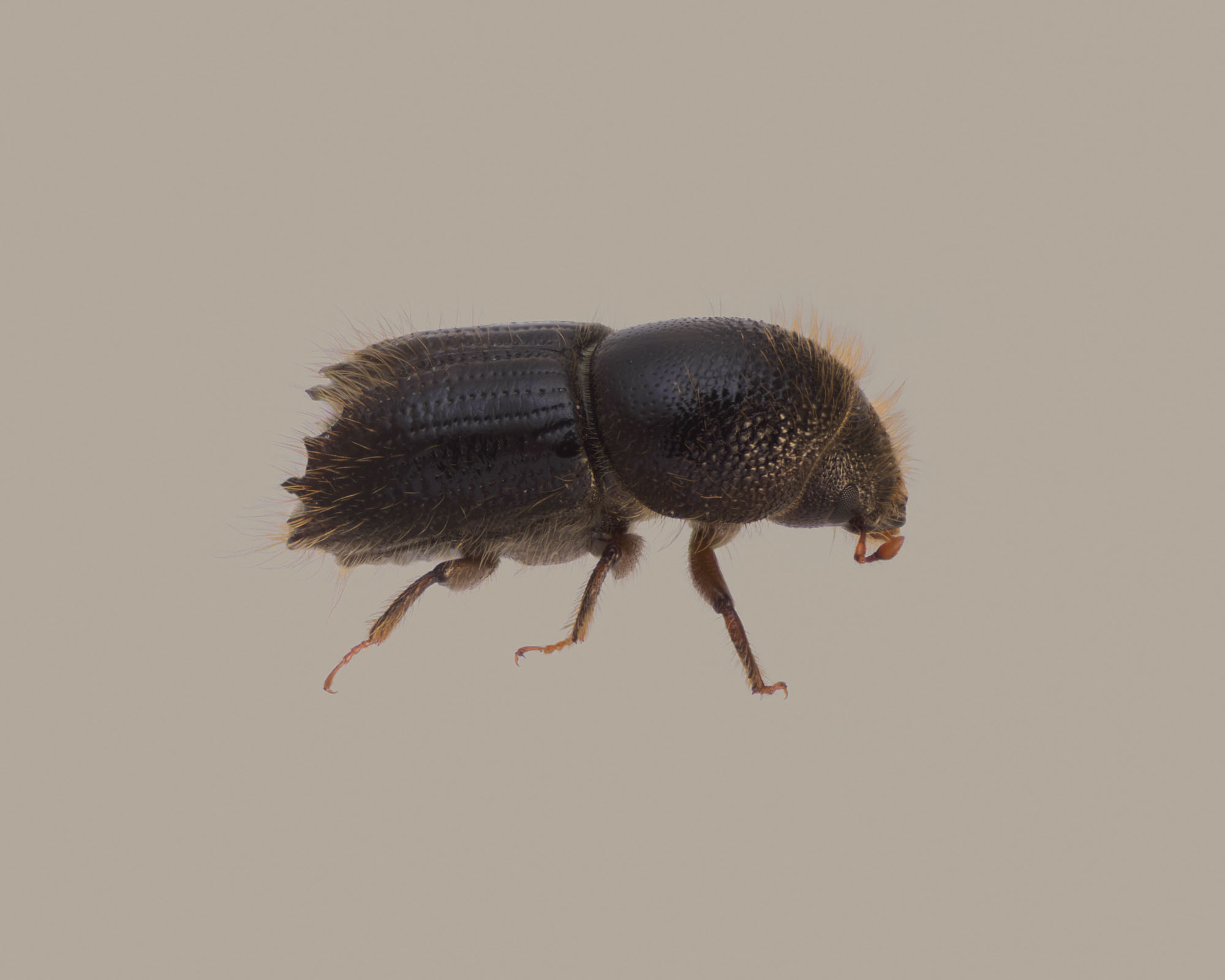There’s no calm after the storm
Gibellina Photoroad Festival
A project by Matteo de Mayda
Edited by Cosimo Bizzarri
![]()
The Om Salvarech (Wild Man), a recurring figure in Alpine folklore and especially in the Belluno mountains. The Om Salvarech is represented as a lone spirit of the woods that acts as a mediator between humans and nature. Photo by I. Barbieri, 1970
![]()
Form from Adopt a Vortex, a program by Freie Universität Berlin’s Institute of Meteorology, which allows anyone to name a low or high pressure system due to affect European weather. Storm Vaia is named after Greek-German entrepreneur Vaia Jakobs.
![]()
Monitoring of the biological evolution of the forest ecosystems affected by Vaia, conducted by researchers from the University of Padua.
![]()
Vintage postcard of Soraga Val di Fassa (Trento). Today, postcards such as this are juxtaposed to post-Vaia imagery of the same landscape to assess the extent of the loss of woodland caused by the storm.
![]()
Markings of the European spruce bark beetle, a parasitic insect that feeds on bark and dead or dying trees.
![]()
Luca Deganutti, a PhD student at the University of Padua, evaluates the viability and effectiveness of the push-pull method, a technique for protecting marginal trees from the European spruce bark beetle. Pramosio Forest (Udine).
![]()
A field used for measuring ground snow. After Storm Vaia, the Arabba Avalanche Centre (Belluno) has identified more than 90 potential avalanche sites that could pose a danger to houses, villages, towns and public highways.
![]()
Fallen trees marked in red as part of a test carried out with dynamite to determine the feasibility of using explosions to clear the ground of stumps and debris. Asiago Plateau (Vicenza).
![]()
Acqua Alta Oceanographic Tower, a research facility run by the Italian National Research Council (CNR). Installed around eight miles off the coast of Venice, it is used to predict and measure the intensity of sirocco winds.
![]()
Cyclic tensile tests carried out in the Cansiglio Forest (Belluno) to study the effects of repeated stress on the stability of spruces. More specifically, the data will be used to evaluate the elastic response of the species to wind disturbance.
![]()
Microarthropods photographed under a microscope at the University of Padua. Samples of pollinating insects from the areas of Vicenza and Belluno are used by researchers to monitor the biological evolution of the forest ecosystems affected by Storm Vaia.
![]()
Tests carried out with dynamite to determine the feasibility of using explosions to clear the ground of stumps and debris. Asiago Plateau (Vicenza).
![]()
A young volunteer takes part in a reforestation program aimed at replanting larches, spruces, firs, Swiss pines and birches across a thousand hectares of woodland in Val di Fiemme (Bolzano).
![]()
The European spruce bark beetle, a parasitic insect that feeds on bark and dead or dying trees.
![]()
Traditional Òlt da Riva masks from Rivamonte Agordino (Belluno).
![]()
A helicopter lifts a fallen tree from a path near Digonera (Belluno).
![]()
An image of the woods near Livinallongo del Col di Lana (Belluno). Taken through the LIDAR technology and processed by the TESAF Department of the University of Padua, it is used to discern fallen trees from standing ones.
![]()
Livinè, a hamlet of Livinallongo del Col di Lana (Belluno) that was heavily hit by Vaia.
Now you look at me. And yet I’ve been here forever, long before the man came with his hatchet, the woman with her basket. Here I am, have always been. Between the leaves and the branches. Between the moss and the shade. Do you recognise me? I’m the birch. I’m the pine. I’m the snowdrop and the bluebell. I’m the berry that grows in the bushes, the resin that sticks to the bark. I’m a footprint in the snow. A puddle in the mud. For thousands of years I’ve surrounded your farms, nurtured your bees, lit your fireplaces. I have fed and protected you. Your children climbed my heights and fell asleep listening to my stories. You turned to me when the winter was too cold, when the spring came too late. I was always there for you and asked nothing in return. How could you forget about me?
You say it was sudden. And yet for days I felt it coming. From the way the rivers flowed. From the way the treetops shook. I know everything ahead of time. The deer and the wolves were the first to flee. Disappeared overnight, following their noses along a foggy path away from death. It was hot and wet. It rained and rained and rained again. When the creeks burst their banks, time spun. The trees held fast to the ground, as this is their nature. Some bent. Others broke. Countless fell and the water washed them downhill. The wind howled over streams of trunks and waste. Over mud and rocks. The morning was grim. Where yesterday there was a clearing, darkness and silence reigned. Then you people came out, crying and cursing.
The chainsaws went on for days, for weeks. The machines came after, collecting the wooden corpses. Winter arrived and many still lay slain. I saw the beetle feeding on the logs. And then moving to those trees still standing, eating them alive. In spring, the grass began to grow. The deer returned to graze. The wolves returned to eat the deer. Everything started over again. I am used to this. Storms come and go, leaving chaos behind. It’s part of my history. It’s part of my destiny. No matter how bad it gets, nothing is destroyed. I’ll grow again. Here or higher. Now or later. In this form or another. What about you? Will you survive? Will you adapt? Will you be ready when the wind whips again, this time closer, harsher, deadlier? Listen to me. There’s no calm after the storm.
In collaboration with ISPA - Italian Sustainability Photo Award
Coordinated by Sara Guerrini

















